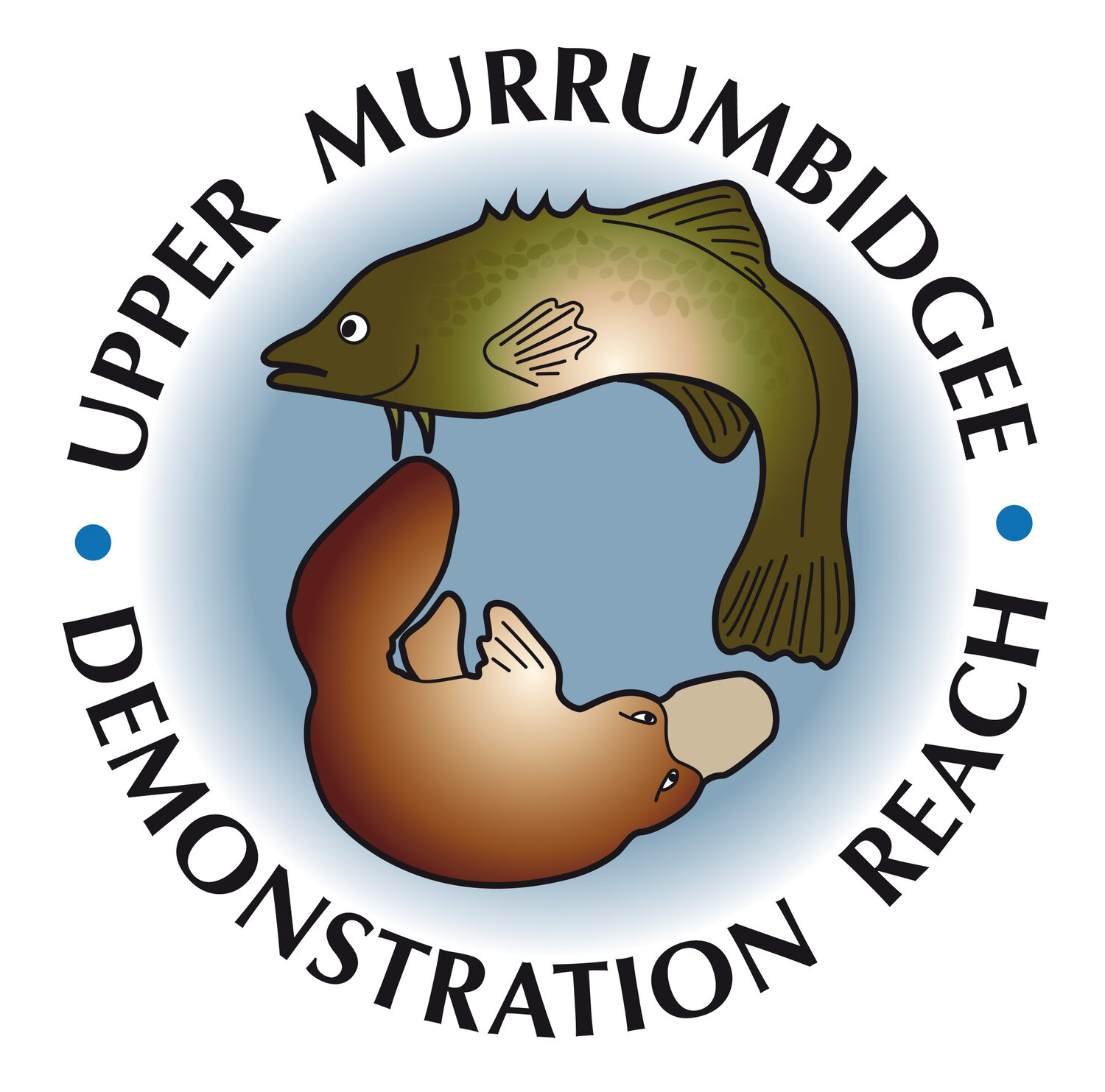
The upper Murrumbidgee River
Why is the upper Murrumbidgee important?
The upper Murrumbidgee River is important for many reasons:
threatened and iconic species
social values
cultural values
the upper Murrumbidgee is the water supply for regional towns and our nations capital
agriculture
The science tells us that the upper Murrumbidgee is considered to be in a state of decline, however there are significant areas in better ecological condition, which means that it is possible to improve its health and support the recovery of threatened species which depend on it. This includes two nationally significant populations of native fish- the Macquarie perch and Murray cod. Read more about the upper Murrumbidgee’s threatened and iconic species below.
Working to improve the health of the upper Murrumbidgee is not only important for biodiversity conservation. A healthy, diverse and functioning river ecosystem also supports and protects all of the other values that make the river important.
[CHANGE PHOTO maybe one showing recreational use?]
Where is the upper Murrumbidgee River?
The upper Murrumbidgee River is the headwater of Australia’s second longest river, situated in the southern part of the Murray Darling Basin (see insert on the map).
The upper Murrumbidgee rises in Ngarigo country, upstream of Tantangara Dam, then flows down through the Monaro Plains, and on to the Australian Capital Territory where it flanks our nations capital (Ngunnawal country) and down to Burrinjuck Dam, near Yass. On its way the river joins up with tributaries including the Numeralla, Bredbo, Naas/Gudgenby, Cotter, Goodradigbee, Queanbeyan/Molonglo, and Yass Rivers.
The map shows (highlighted in blue) the area where the UMDR partnership prioritises its work. This area is the upper Murrumbidgee River between Tantangara and Burrinjuck Dams. See below to read more about what affects the health of the river in this area.
Threatened and iconic species
Insert description of threatened species (Mac perch/Murray cod/Trout cod/Murray river crays/platypus/raklai and little fish…
[CHANGE PHOTO]
What influences the health of the Upper Murrumbidgee?
Insert info:
Areas where the river is in good health are found where the steep, rocky gorges confine the river channel. High quality riparian and instream vegetation and habitat are found here. The photo on the left shows a healthy instream shrubland found in the upper Murrumbidgee’s gorge sections.
The above are broken by broad valley flats, where the landscape has been altered by rural and peri-urban activities. Degraded, weed infested and silted up. Fish barriers. Lack of connectivity and habitat.
Flow regulation- Tantangara dam diverts 96%, quality of tributary streams can be reduced as well and have high sediment loads.
Climate change is a challenge- with increased landuse and water demand!

Our priorities
Our work is guided by 9 priority areas driven by our values and management plan.



